Foam concrete due to the fact that his pores, for the most part, have a closed structure, does not need a finish in order to protect the building from moisture. However, in itself, the house of foam concrete looks very beautiful. As a rule, the finishing of the foam block is performed with a decorative purpose (increase in aestheticism).
The most popular way of facing the facade of the house of foam concrete blocks is plaster and staining. Such a choice is due to the fact that foam concrete (with sufficient wall thickness) does not need additional insulation.
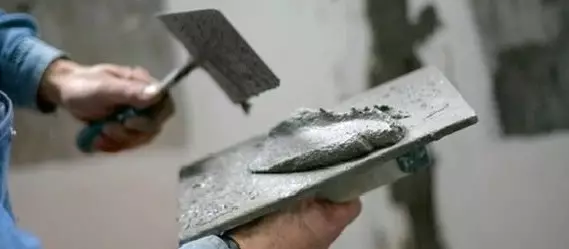
Foam Plaster With Your Hands - Tips
The finishing of the household blocks of the plaster is performed according to the standard diagram, but somewhat different from plastered aerated concrete or brick. The difference is insignificant, but there is. Therefore, consider precisely distinctive features.When can / need to stucked a house of foam blocks?
The stucco finish is carried out in dry weather, only at a plus temperature (from +5 to + 30 ° C). You can start to stucify no earlier than in 3-4 months (ideally) after the completion of the construction of the house from foam blocks. During this time, the walls will give shrinkage.
Grinding walls from foam blocks
Due to the characteristics of foam concrete, its surface has poor adhesion, therefore the preparation of the base under the plaster is required. It is possible to increase the binding ability by applying primer.What to primed foam blocks before plaster?
For foam concrete, any primer of deep penetration is suitable, for example, Cerezite St-17 (53 rubles / l), prospectors (38 rubles / l), UNIS (27 rubles / l), optom (40 rubles / l) or others.
How to properly grind walls from foam concrete?
Masters recommend to apply a brine solution into three layers. The requirement is due to the fact that foam concrete has a smooth structure, which has poor adhesion to finishing material. Thus, the first layer penetrates into the structure of cellular concrete, the second fixes the action, and the third binds the lower layer and plaster.Article on the topic: Wallpaper cherry blossom in the interior
The purpose of the primer, in this case, is similar to the function that the foundation is performed for the house. The primer is designed to create a base for applying a surface layer of plaster. The quality of the primer and the correctness of its application depends on how firmly the layer of plaster on the surface of the masonry will be held. The primer is applied over the entire wall surface without skipping. For further work, you can proceed only after complete drying of the primer (dries quickly).
Facade Piece Pie For House Foam blocks
Layers:
- primer. According to the reviews and advice of the practitioners of the builders, the best primer for foam concrete - Ceresit St-17. Divorce with water, for the first layer 1 to 6, the second 1 to 3-4, the third - 1 to 2-3. Approximate primer consumption of 0.4-0.5 l / m2;
- a layer of up to 30 mm without a grid - plaster for cellular concrete Cerezite Art 24;
- primer under the decorative plaster Ceresit st 16;
- Decorative plaster (silicate-silicone) Ceresit ST 174 or ST 175.
If the wall has a perfectly smooth surface, it is possible to make the basic reinforcing layer of Cerezite Article 85, Article 190 (using a glass tape mesh 165 gr / m2 with a cell 5x5).
Then layers 3 and 4.
Material prepared for site www.moydomik.net
Fiberglass layer thickness
The calculation of the thickness of the plaster is important to displace the "dew point" in the right place. The thickness of the plaster should be sufficient to stay on the wall and at the same time do not prevent the out of the exit of the steam. If the pair does not go out, and linger in the inner layer of plaster, then fungi and mold will appear on the wall. If it derses in the outer layer, the plaster will disappear after several cycles of frosting-thawing.The recommended thickness of the plaster on the outer wall of foam concrete is 5-10 mm, on the internal - 10-20 mm. As we see, the thickness of the outer layer of plaster (minimum-maximum) is half of the thickness of the inner layer. This ensures the main condition in the finishing of cellular concrete: the thermal conductivity of each subsequent layer should be equal or more than the previous one. Taking into account the thickness of the foam block, such a ratio of the thickness of the plaster is optimal.
If the foam concrete house is insulated outside (foam, expanded polystyrene and so on), then the thickness of the inner layer of the decorative coating does not matter. The above conditions are oriented towards "naked" walls of foam block, i.e. Only plaster.
Article on the topic: Old Russian style in the interior
What plaster for foam concrete is better?
When choosing, the "golden" rule should be followed, the higher the adhesion indicator of the plastering mixture, the more it is suitable for use on the wall of foam concrete.
Especially for finishing foam concrete blocks have developed such mixes as Ceresit Stage 24 (419 rubles / 25 kg), BelSilk T-32 (373 rubles / 20 kg), KaerisPrix TC117 (454 rubles / 25 kg), Profit contact MN (155 RUB / 25 kg), Atlas KB-Tynk (488 rubles / 30 kg) and others.
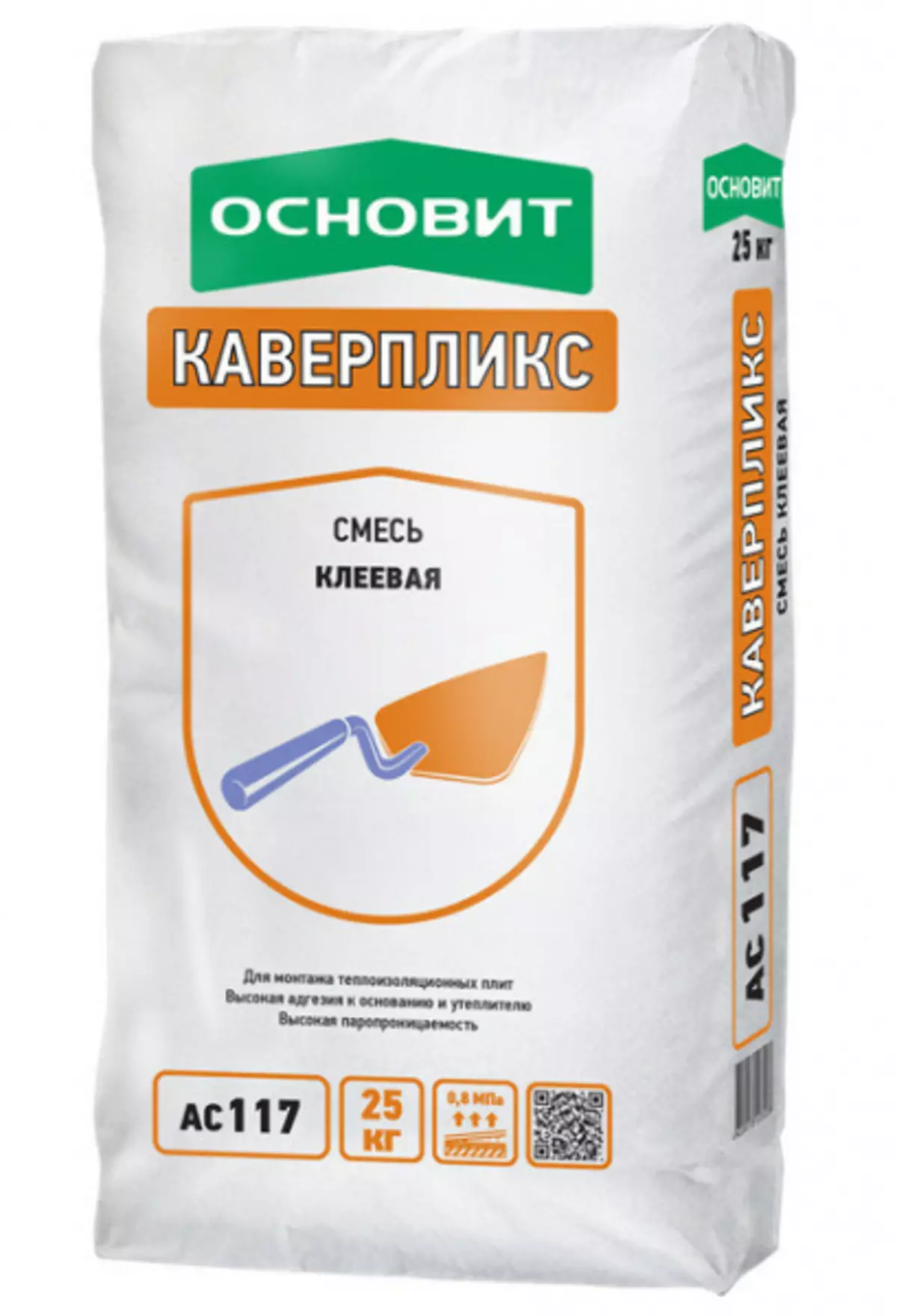
Plastering mix for foam concrete Caerpliv TS117
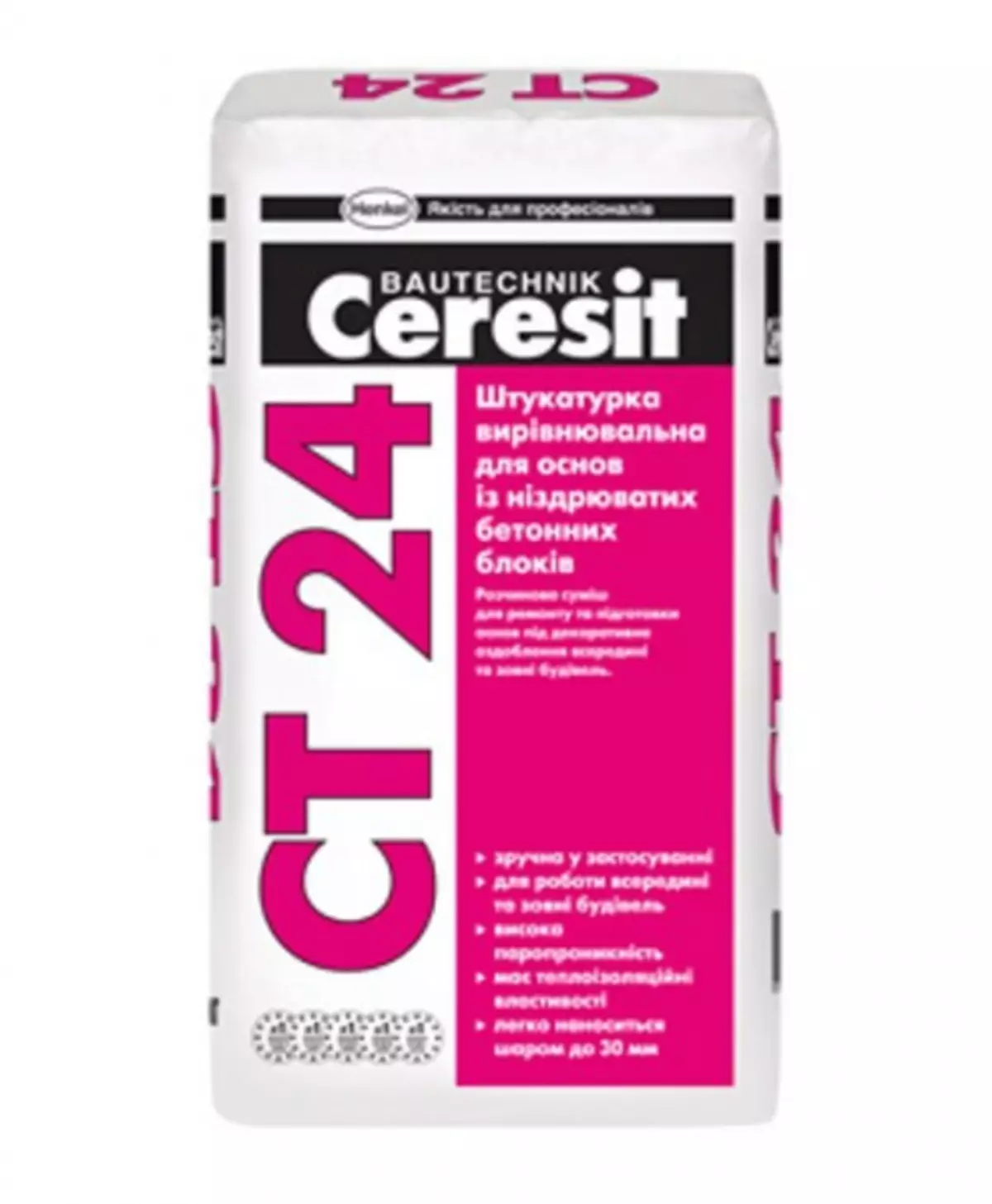
Plastering mix for Ceresit Ceres Ceres
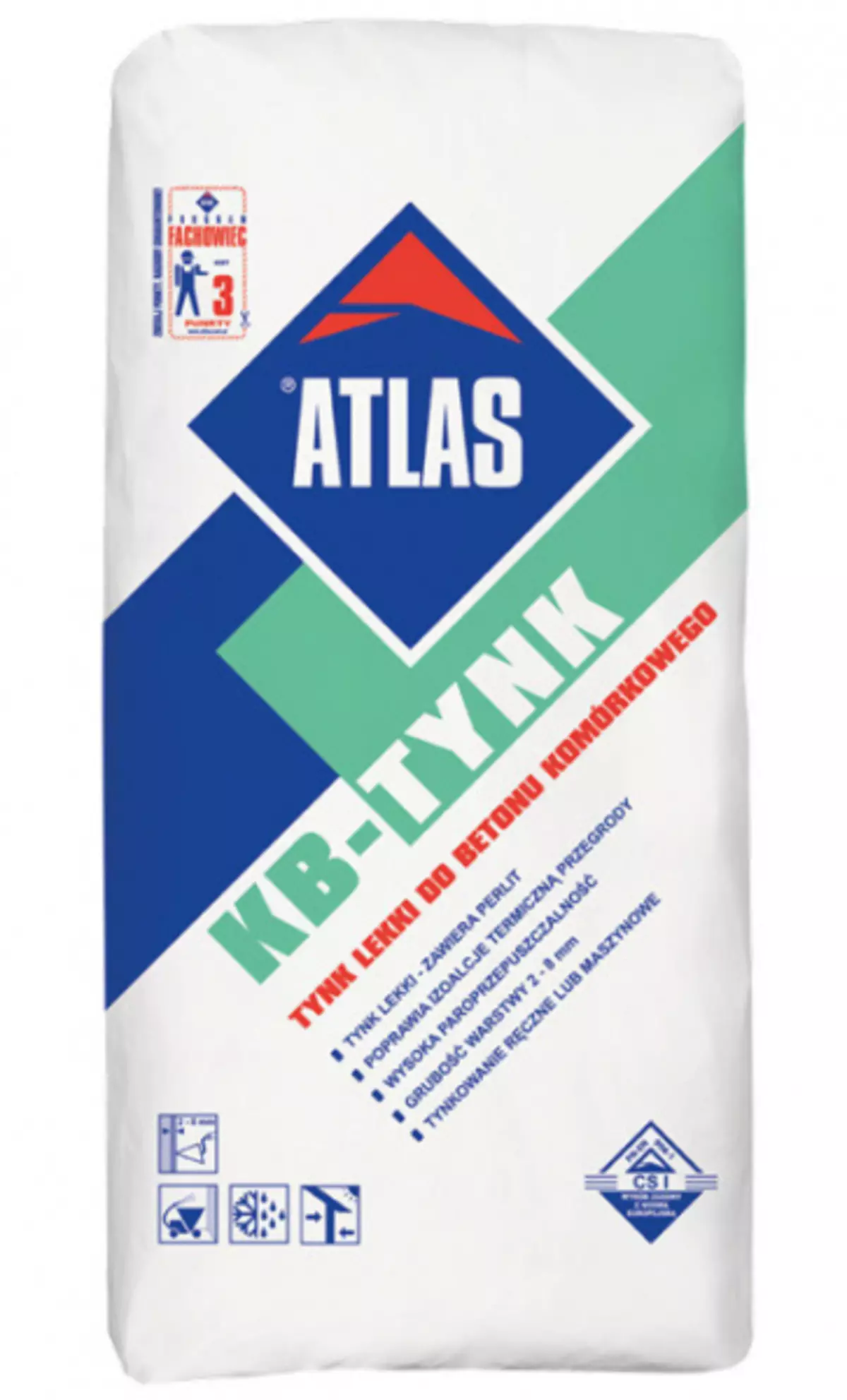
Plaster for foam blocks atlas kb-tynk
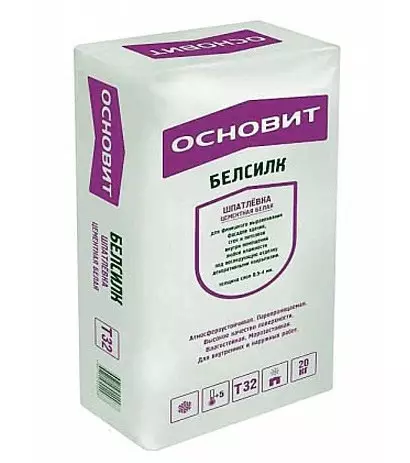
Finishing putty for foam concrete BelSilk T-32
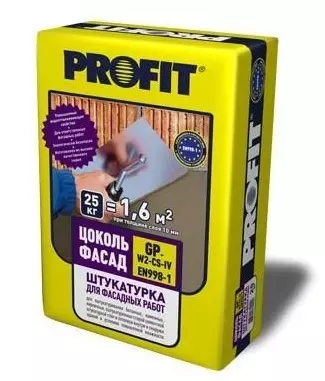
Machine application plaster for cellular concrete PROFIT contact MN
Plaster foam blocks with cement mortar
Users claim that if desired to save, a conventional sandy-cement solution can be used for plaster foam blocks in a ratio of 3: 1: 1 (sand-cement-lime). It is desirable to add a little chalk to the solution (5% of the mass) to increase the plasticity of the mixture. Cement mortar is cheaper, but working with it requires skill in everything, ranging from the measurement of proportions and induction with water, ending with applying and equalize the plastering layer.Note. Cement milk (cement + water) plaster foam concrete is impossible. Foam block absorbs part of the water, and part will evaporate into the atmosphere and such plaster can be erased with palm from the wall. It is also not recommended to use it instead of primer, it cannot provide proper quality of the foundation.
Technology Application plaster on foam concrete
The finish of foam blocks plaster has several nuances:
- The plaster is better to apply on a pre-treated surface. For this, the surface of the foam concrete wall can be sanded (clean, handle the grater). Thus, the upper layer of foam block is removed, the pores are open, and the best effect of the surface adhesion to the plaster mixture is achieved;
- You can put the plaster on the wall simultaneously on both sides (unlike aerated concrete). The fact is that foam concrete does not absorb moisture, and therefore, the striking, the plaster completely gives out moisture out;
Note. The plaster on foam concrete dries longer, despite the thinner layer of application. But it becomes possible to more accurately align the lined surface and make a smoother grout of plaster
- Stucco is applied on the wall by splashing. Those. The layer of solution splashes onto the wall (and not applied to the spatula), and then spattered with a spatula. Next is applied the finishing thin layer. It is precisely it and drag to the smoothness of the surface.
Article on the topic: Wiring insulation: All methods and necessary materials
Note. When using a sand-cement mixture, a liquid solution should be applied to the wall (it will replace the primer layer) and, after complete drying, apply the main layer. You can apply a layer with a tassel or from a pulverizer.
- Staining a wall of foam concrete is also performed with the use of special "breathable" paints on silicone or silicate basis.
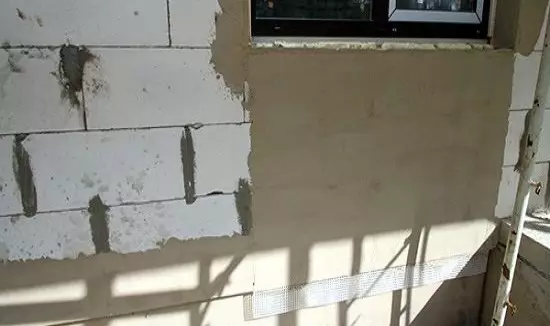
Reinforcement of plaster grid
It is possible to increase the adhesion of foam concrete by sticking (mounting) on the wall of a fine metal mesh (with a wire diameter of 1 mm price will be 180 rubles / 8 m.kv, with a diameter of 2 mm - 400 rubles / 7 m. KV) or polymer mesh (facade Fiberglass mesh 165 g / m2, cell 4x4 - 5x5 mm, approximate cost - 700-800 rubles / 50 m.kv).- Choosing a reinforcing grid, pay attention to its alkaline environment resistance, otherwise, with time, the mesh under the plaster will be unusable and the finishing layer will begin to peel off;
- The grid can be mounted on the wall with a dowel or to be pulled in the first layer of plaster.
Plaster walls from foam concrete with their own hands - video
Application of the hydrophobizer on the walls of foam concrete
The purpose of the hydrophobic solution is to increase the ability of the plastered surface to repel water. According to the reviews, the in demand is a hydrophobizer for foam concrete such stamps as: a typpet y (waterproof 120 mm, 305 rubles / l), luxury typper (waterproof 50 mm, 176 rubles / l), Siloxol (153 rubles / l), Aquasol (193 rubles / l), Bionics MVO (267 rubles / l).
The hydrophobizer is applied to the surface with a roller or brush. It is desirable to apply the minimum of two layers, with an interval of 10 minutes. After drying the composition on the wall surface, a thin (in several microns) film, which will protect the foam concrete wall, even from heavy rain, while not interfering with a couple go out through the walls.
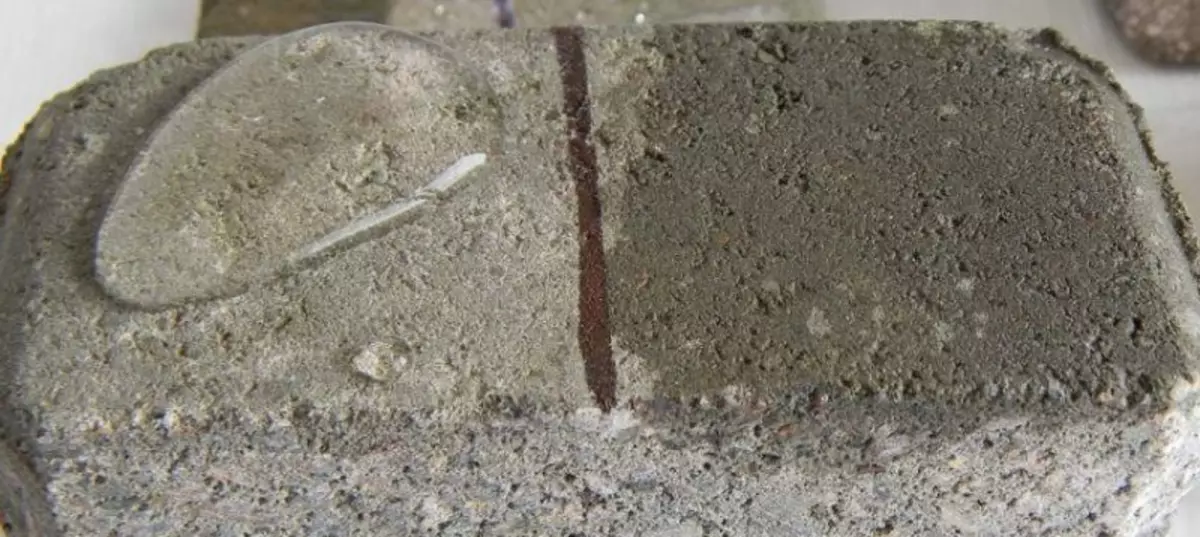
Influence of the hydrophobizer on foam concrete
Note. The coating of non-speaking walls with a hydrophobizer will increase the service life of the house.
Conclusion
The decorative finish of the house of foam concrete plaster improves the aesthetic indicator, and also increases thermal insulation properties. As a result, the cottage will be not only warm, inexpensive in construction and operation, but also beautiful.
